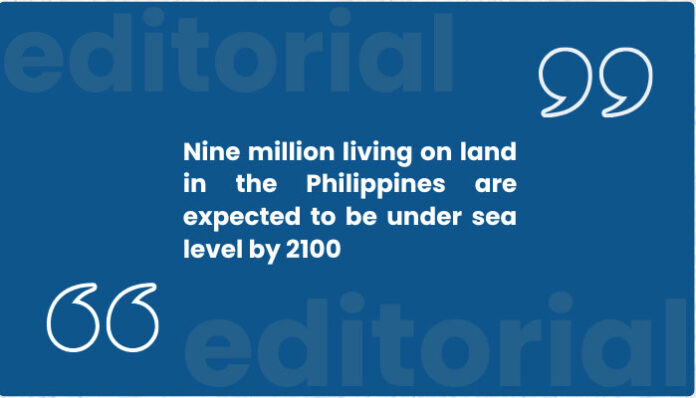FOR five days next week starting Monday, global ears will be tuned in to the Third United Nations Ocean Conference (UNOC3), a high-level summit on the ocean, in Nice, France.
This summit, anticipated to bring together the entire international community – representatives from 193 member governments, international organizations – is seen as a crucial meeting to tackle the urgent issues facing coral reefs and oceans.
The top-level meeting will be co-chaired by France and Costa Rica, aiming to confront the deepening ocean emergency.
The conference’s all-embracing theme — “Accelerating action and mobilizing all actors to conserve and sustainably use the ocean” — aims to strengthen collective action to achieve Sustainable Development Goal 14 (SDG 14) – Life Below Water.
SDG 14 aims to protect and ensure the sustainable use of oceans, which includes reducing marine pollution and ocean acidification, end overfishing and conserve marine and coastal ecosystems.
It is well-timed to acknowledge that the Philippines, which has several cities below sea level, contributes to UNOC3 by showcasing its commitment to ocean-centered, people-powered, and science-based climate leadership as well as by engaging in initiatives to promote ocean conservation and sustainable use.
We note that several cities are experiencing land subsidence and are at risk of being inundated due to rising sea levels and storm surges, like the capital region, the country’s capital city Manila, Navotas City, Malabon City as well as parts of Pasay City and Cavite province are extremely vulnerable.
On land subsidence, many urban areas, including Metro Manila, Metro Cebu, Metro Davao, and Metro Iloilo, are experiencing land collapse, meaning they are sinking, caused primarily by the removal of underground fluids or materials due largely to human activities like groundwater extraction or resource mining.
At the same time, the Philippines is facing the threat of rising sea levels and storm surges, which can further exacerbate the problem of flooding in coastal areas of this archipelagic nation – with a coastline of 36,289 kilometers – of 117 million people.
Being an archipelagic country, the Philippines, tagged red in the global estimate, is experiencing sea level rise three to four times faster than the world average rate, with the ballpark figure of nine million living on land expected to be under sea level by 2100.








